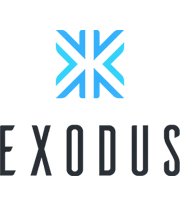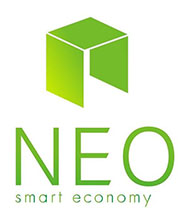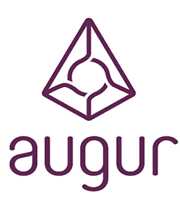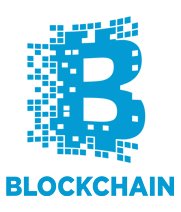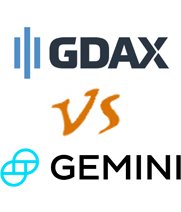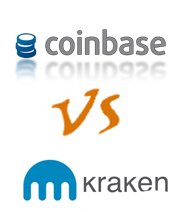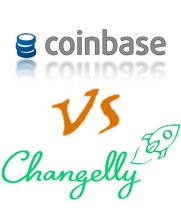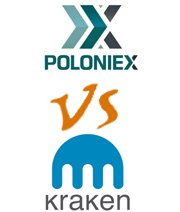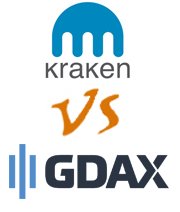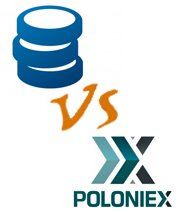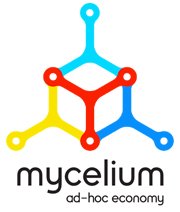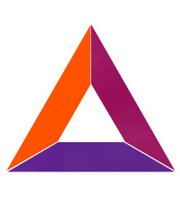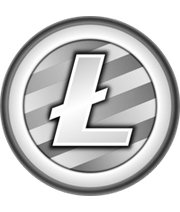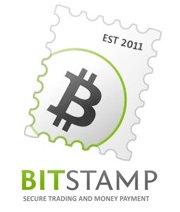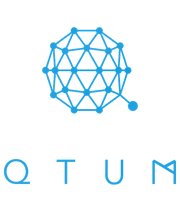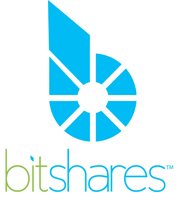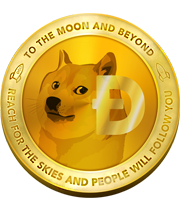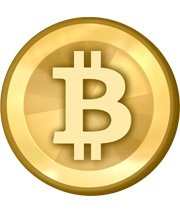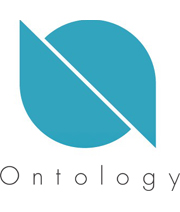
Table of Contents
So far, blockchain technology has been limited mainly to private users. Because it’s so new and most developers don’t specialize in it, people in the business world largely haven’t looked at what blockchains can do for their businesses. However, the truth is that they’re missing out. There are lots of applications blockchains can be used for that are even better than existing solutions.
That’s what Ontology is trying to fix. They want to make it so that businesses can more easily make use of blockchains – they don’t need to have people on staff that are experts in it. It combines different features that include collaborative databases, distributed identity confirmation, and so much more, in a way that’s easy to use and implement, without exposing your business to security flaws or risks.
Using our guide below, you’ll get acquainted with what Ontology is and how it works. And if you haven’t already done so, check out our new list of the best altcoins of 2024.
How Is Ontology Related to NEO?
Ontology was started by Onchain, the Chinese blockchain company that’s also been connected to NEO, as they’re both led by developer and entrepreneur Da Hongfei. “But doesn’t that mean NEO was started by Onchain?”
Well, technically no. There is a distinction between both projects, and it has to do with how they’re funded. According to Da Hongfei, Onchain is a blockchain solutions development and consulting company funded by the Chinese financial group Fosun, while NEO is a community-funded blockchain network. Since both were founded by Da Hongfei, and they’re often seen in the same paragraph together as a result.
Now that we know the difference between Onchain and NEO, how are Ontology and NEO related?
Ontology’s release was announced by Onchain in November of 2024, to a group of investors and blockchain fans in New York City. Da Hongfei introduced the network as a sort of partner with NEO, and said that both platforms would be used together to create an “ecosystem” that will allow blockchain technology to be used by the business world.
While Da Hongfei leads Onchain, he is not listed as the official founder of Ontology. Instead, developer Jun Li is listed as its founder.
www.epsa-online.org/wp-content/languages/new/flagyl.html
What Da Hongfei’s official role in the development of Ontology is, we don’t know clearly. However, it’s clear that the goals of Ontology and NEO are very similar – creating a blockchain network that can be used in real-world applications, and with lots of functionality.
The Trust Framework
The fundamental core Ontology is something called the Ontology Trust Framework, made up of the different modules that make up the interconnected protocols handling identity confirmation and safe transfers of data. One of the core parts of this framework is the trust anchor, a user or group of users that specify what and who they “trust.” The interconnected nodes from each of these trust anchors forms a sort of branch, (which they call a trust path) that can be traced back to a trust anchor.
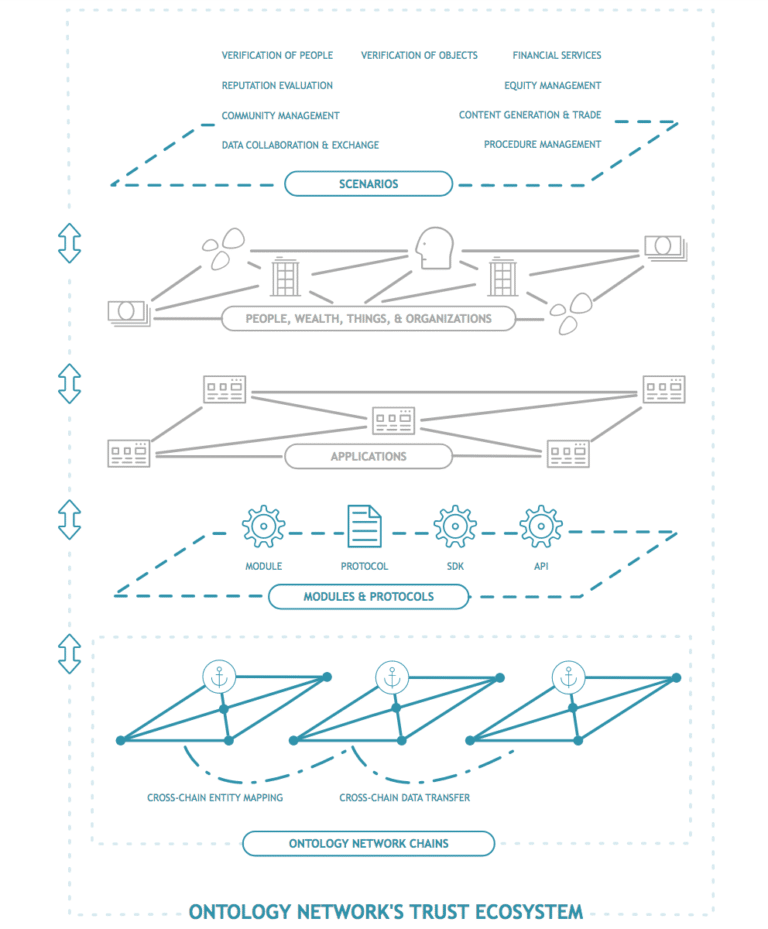
The framework, as you can see in the image, has several levels. First is the verification of people, things, and services; then in the next layer you have applications, which must also be verified; next, modules, APIs, and protocols; the final layer involves cross-chain entity mapping and data transfer
Ontology is intended to be modular and flexible, granting businesses the ability to alter and expand things according to their own needs, instead of having to find ways of fitting their own needs to the platform.
The ONT
The native coin in Ontology is referred to as ONT. The first portion of it (about 20 million) was airdropped to holders of the NEO coin on March 1st 2024, with the rest planned to be airdropped after the release of the Ontology mainnet. We haven’t been able to get any more information about that second drop, as little seems to be available.
The plan is to have a maximum supply of 1 billion ONT. The ONT token cannot be divided meaning that 1 ONT is the lowest transferable amount. Like NEO, Ontology has a “gas” feature that you can earn by holding ONT tokens.
The token distribution was distributed more or less evenly, with 12% going to the user base, 15% to the team developing Ontology, and the rest being distributed among the institutional partners, rewards for the technical community, and the development of the Ontology network (among others).
The ONT has no “mining” feature, so those who are looking to get into a coin to use their mining rigs on will see no added benefit here. ONT is going to be found mainly in circulation, with people trading, buying, and selling it, and with node operators likely getting ONT in fees for initiating transactions.
Trading, Buying, and Storing ONT
Unlike most blockchain tokens, Ontology didn’t have an ICO (initial coin offering). Right now (as of March, 2024) the only way we know of to get ONT is if you already have a hold of some NEO in either your private wallets or in an exchange. ONT will be airdropped to you (if it already hasn’t, it will sometime in Q2 of this year). The reward system is .2 ONT for each NEO coin you have.
Once you have ONT, you’ll be able to store it in a number of different wallets.
www.epsa-online.org/wp-content/languages/new/ventolin.html
If you prefer a downloadable wallet, you can use the Neon Wallet. If you want a more secure option, we’ve read that you’ll be able to store it on a Ledger Nano S or Trezor hardware wallet. These cost money (over $100) but the added security is something many in the crypto community think to be worth it.
If you’re sad that you missed out on ONT because you didn’t hold any NEO as of March 1st, and you’re looking to get onboard with an ICO, or even want to learn more about some great currencies that have launched recently, you’re in luck. Feel free to check out our updated 2024 list of recommended altcoins and see what’s promising in the year to come.
Ontology vs NEO
These are technically very different, despite being connected to the same group of people and companies. Ontology is a trust framework that mainly focuses on the issues of trust, identity verification, and safe data transfer, while NEO is a more traditional blockchain with its own currency that focuses on transactions involving buying, selling, and trading of assets. Ontology is developed by Onchain, a privately-funded company focused on blockchain solutions, while NEO is a separate project altogether that’s funded by the community. Having NEO tokens entitles you to Ontology tokens as the Ontology network is being launched. Technically these two platforms are intended to work together, with Ontology providing a secure trust framework and NEO providing the means to transact.
Frequently Asked Questions
- Is Ontology a coin?
Yes, Ontology has its own token that will be used on the service once it launched. - What is Ontology?
Ontology is a trust framework for blockchain technology, involving several layers of protocols that confirm identities and trusted APIs, protocols, and applications. It’s meant to work with NEO, a blockchain connected with the founders of Ontology. - Will there be an Ontology ICO?
No, as far as we know there are no ICOs planned for Ontology. Instead, the Ontology token is being distributed to holders of NEO in two different drops. - Does Ontology have a database?
Yes, Ontology will be distributed databases as a part of its framework, according to what we’ve seen in its white paper. - How does Ontology deal with data?
Since Ontology is primarily a way to verify identity and trust levels, data will only be run through trusted lines of transfer, with trust anchors defining what branches of the trust tree are verified.
Conclusion
One of the things that has been keeping a lot of companies away from blockchain technology is the idea that it’s somehow insecure. They don’t necessarily trust that a distributed network with new protocols can be trusted, preferring instead to rely on what currently passes for state-of-the-art privacy and identity verification.
www.epsa-online.org/wp-content/languages/new/symbicort.html
Ontology is a network designed to provide businesses with a way to integrate blockchains into their existing businesses in a way that doesn’t compromise security of user information or company data. The layers of verification and trust that Ontology offers seem more than enough to satisfy even the most paranoid of business-oriented developers.
Ontology hasn’t even had its main network launch – that’s planned for Q2 2024 – but when it does happen, it’ll be interesting to see not only how businesses react to what it has to offer, but if it truly interacts and supports NEO’s blockchain. If it does, NEO and Onchain might truly end up being one of the dominant forced in 2024’s blockchain and crypto landscape.
If you’re looking to get in on a new cryptocurrency but don’t have the NEO required to get a hold of ONT, fear not. We’ve come up with a list of the best coins to invest in in 2024, so go ahead and click the link to get the scoop and get ahead of the game.



